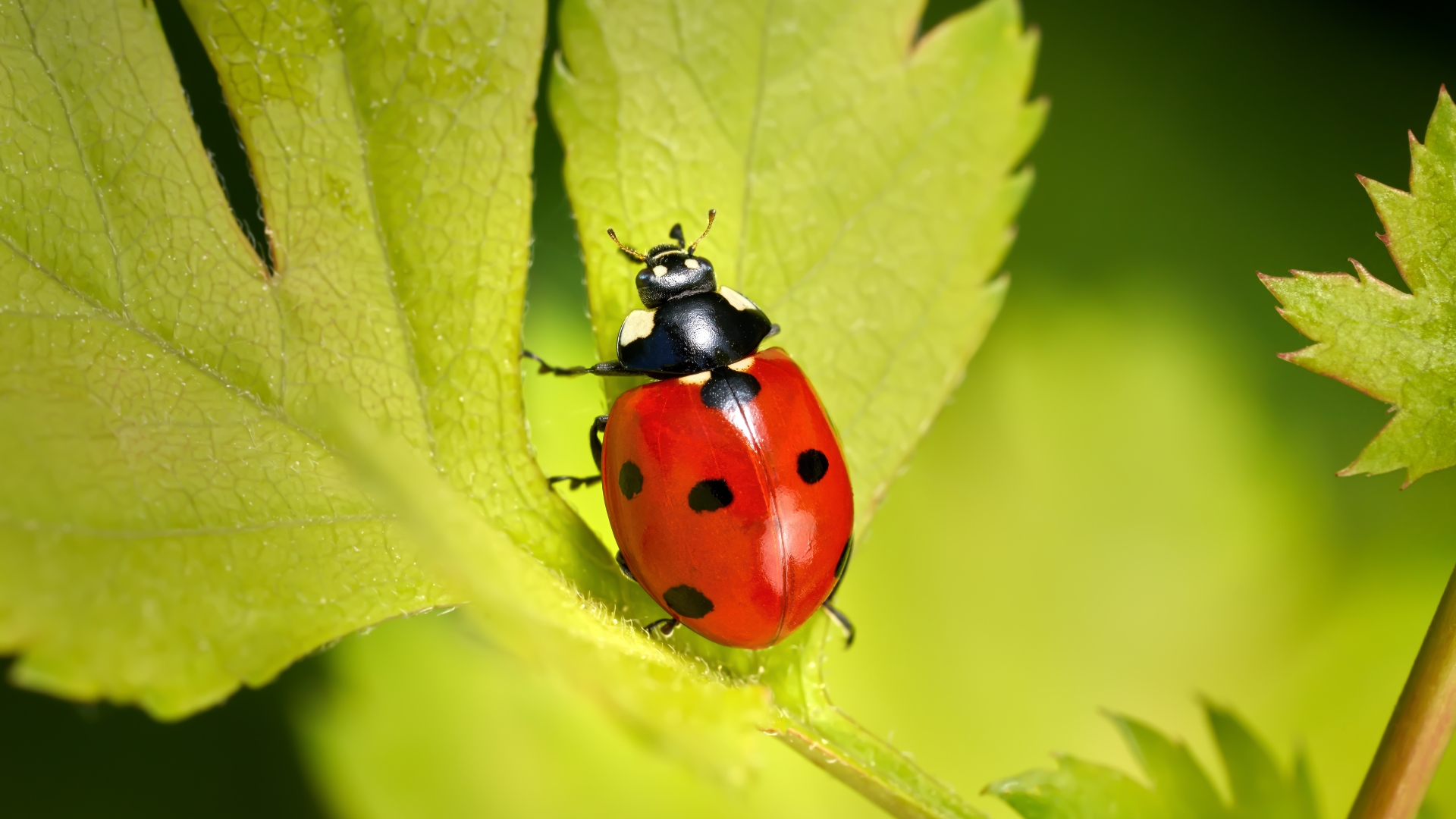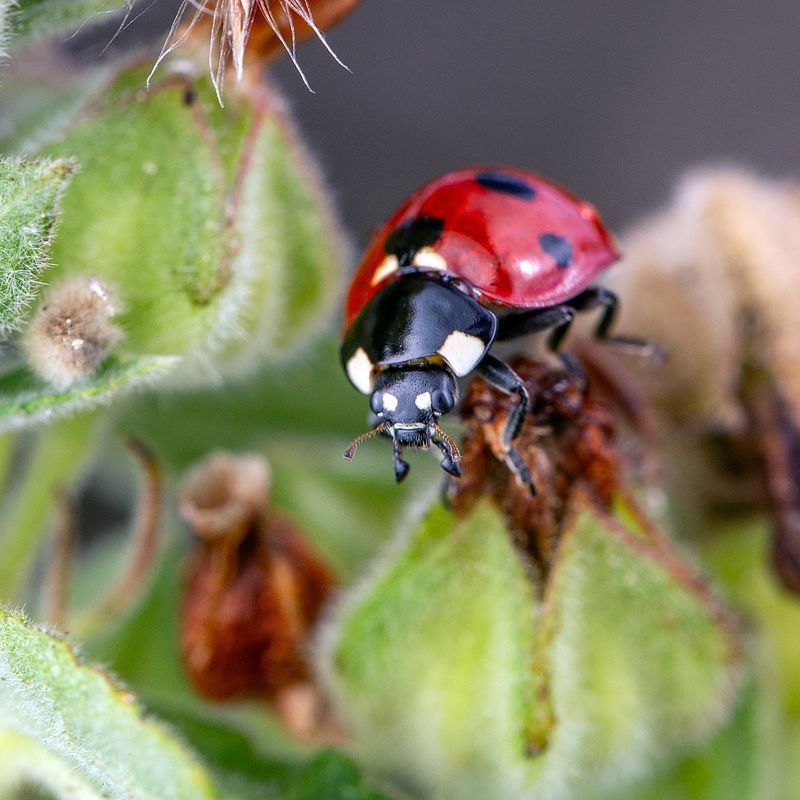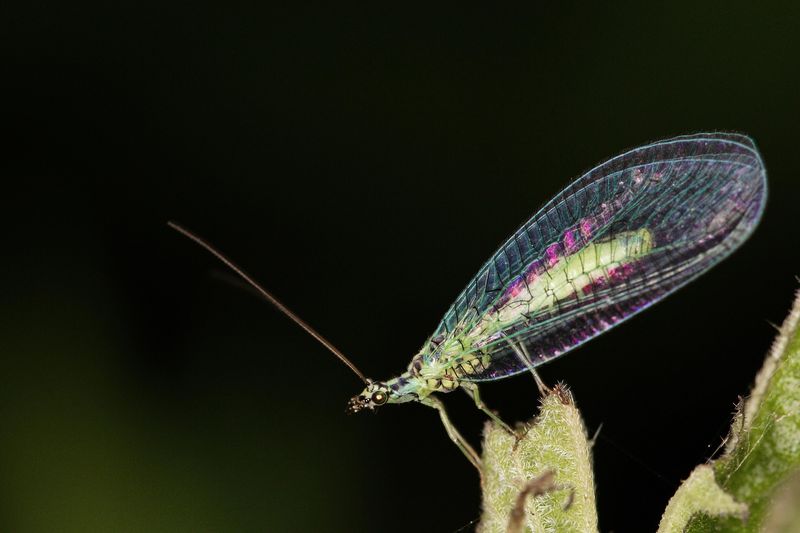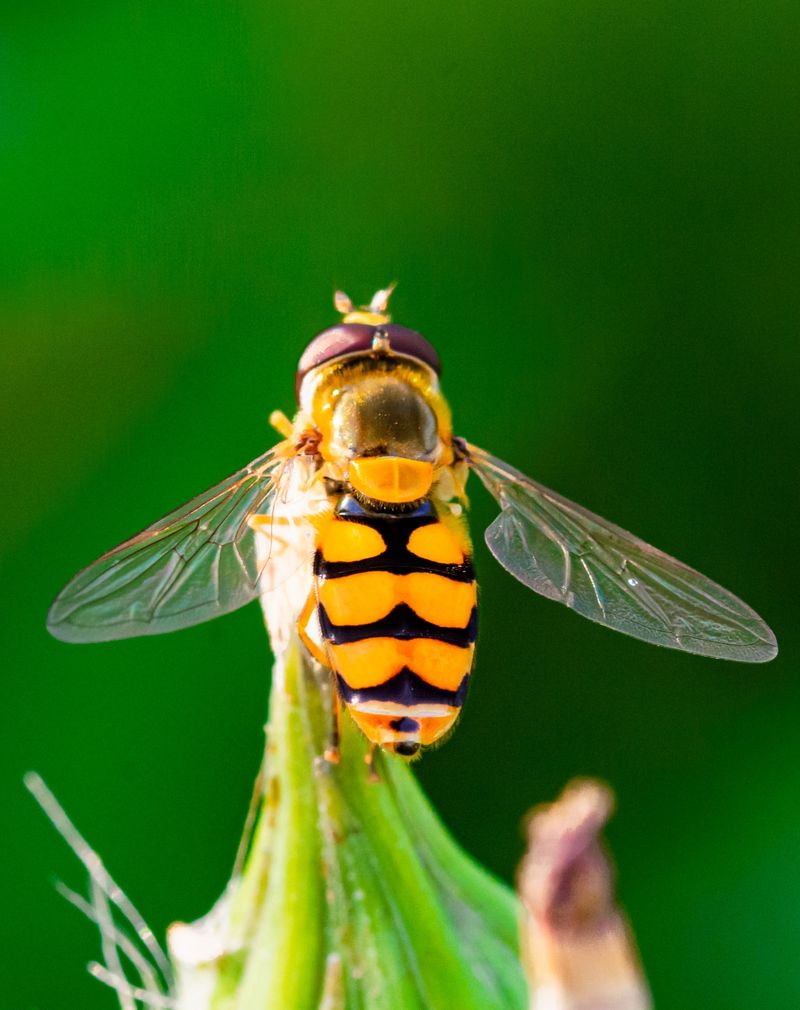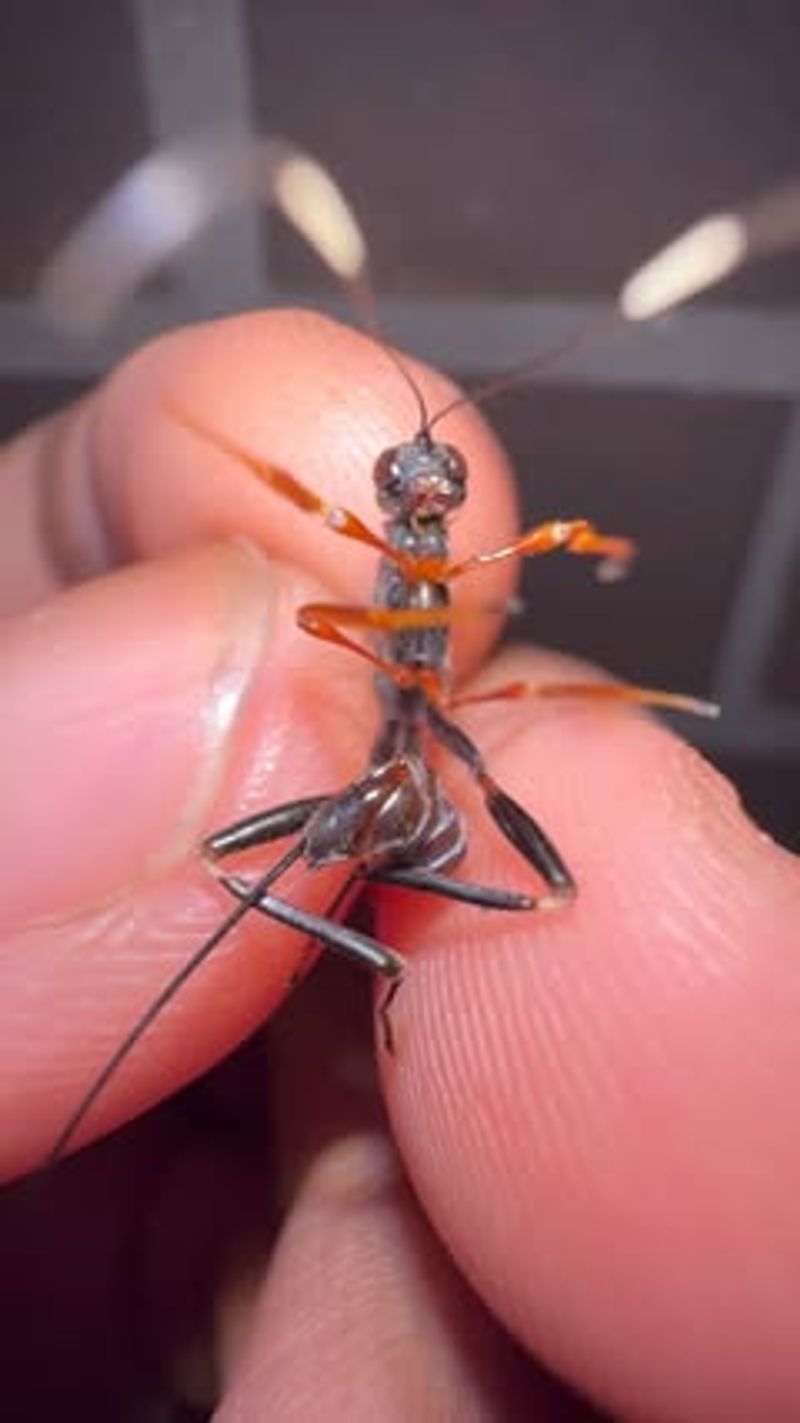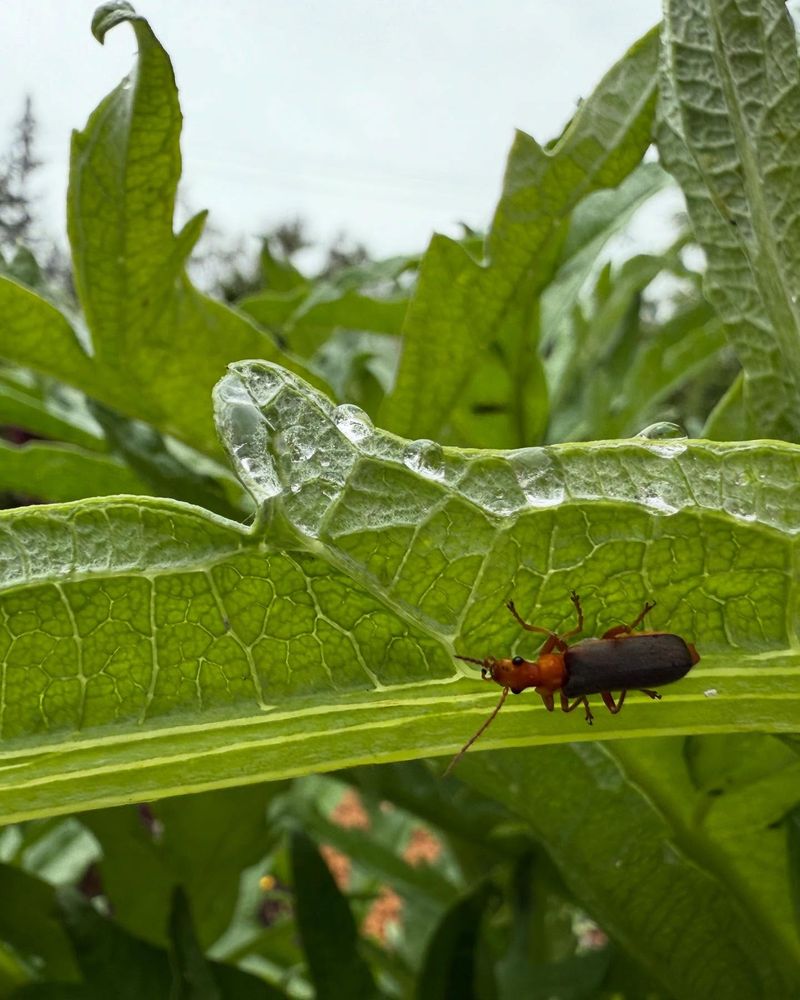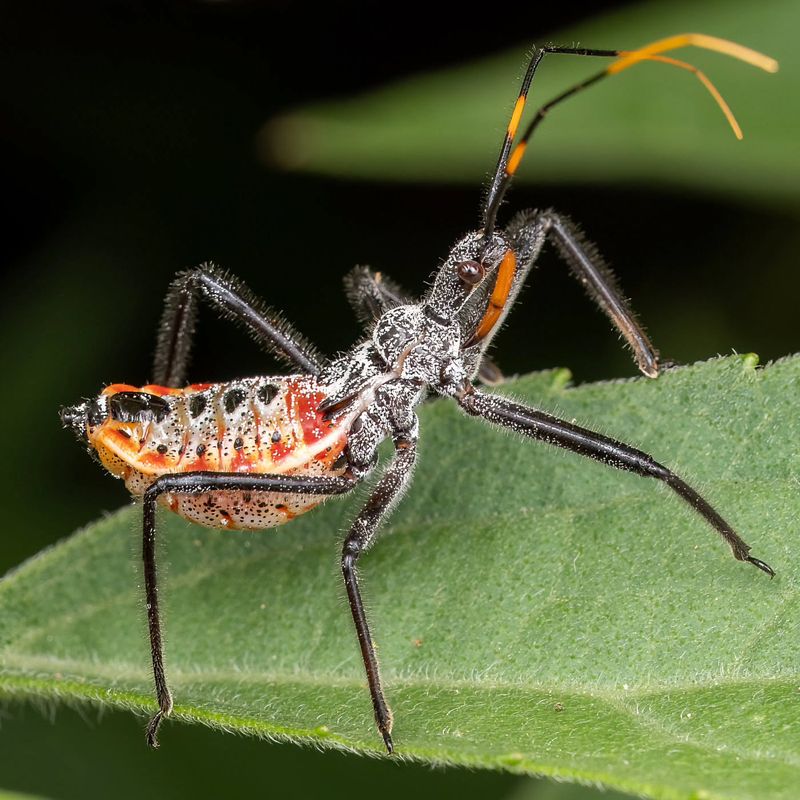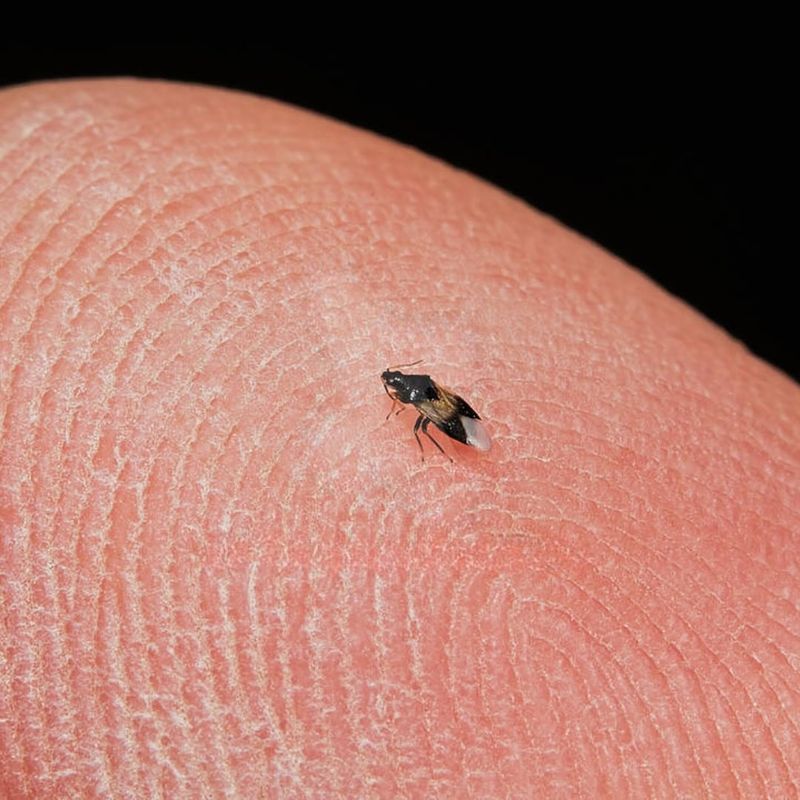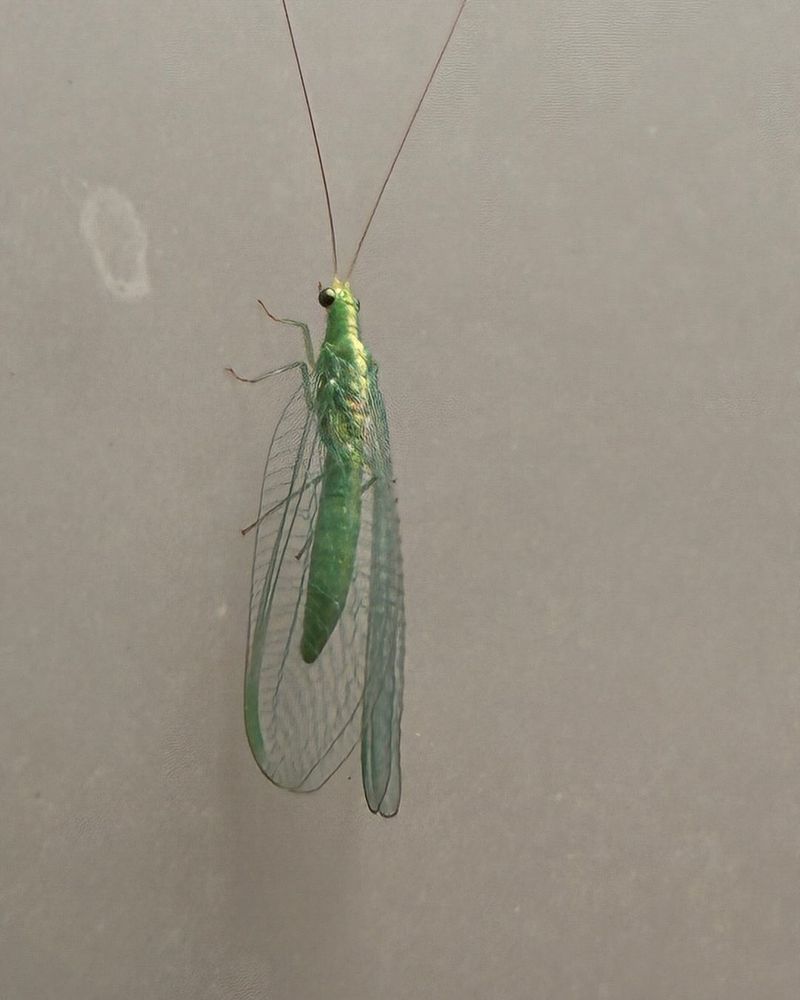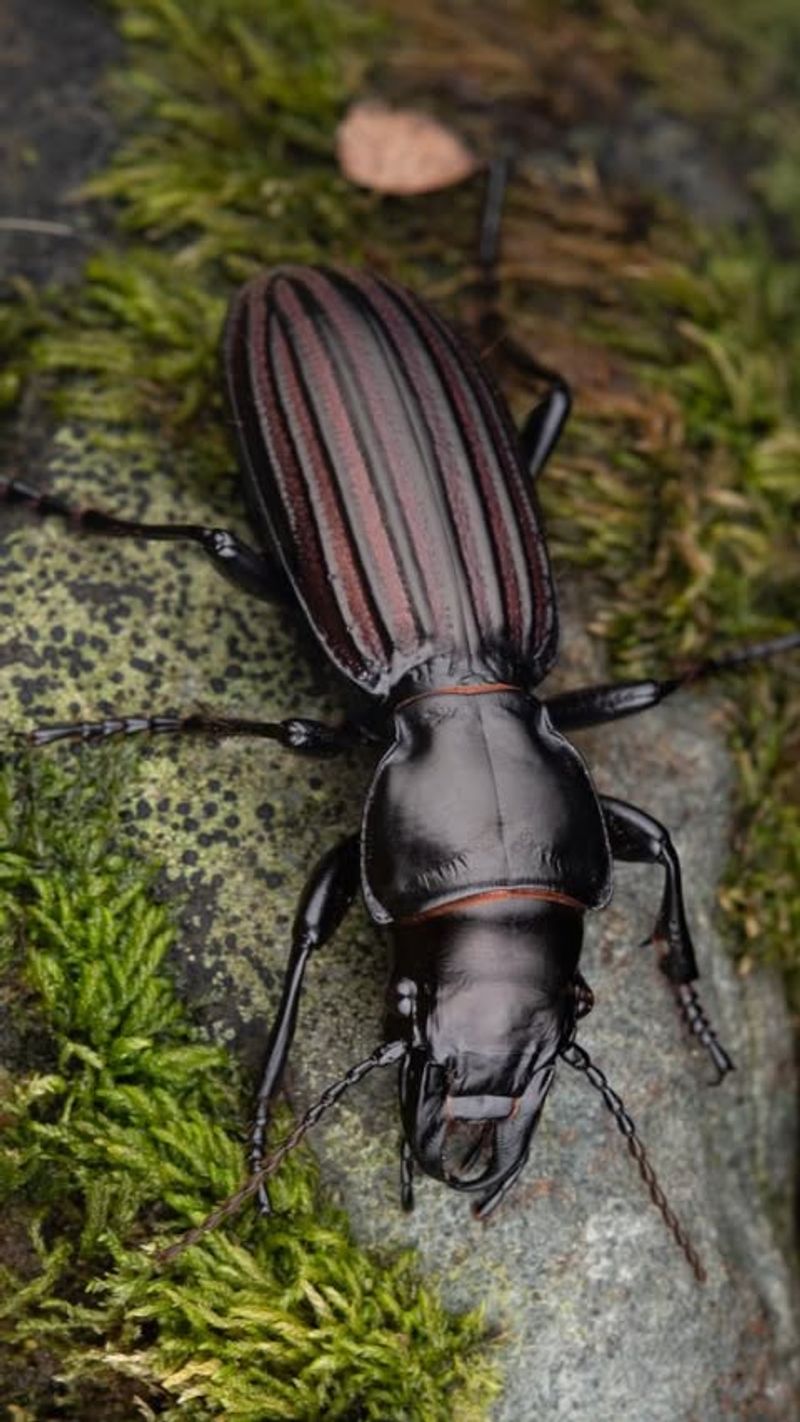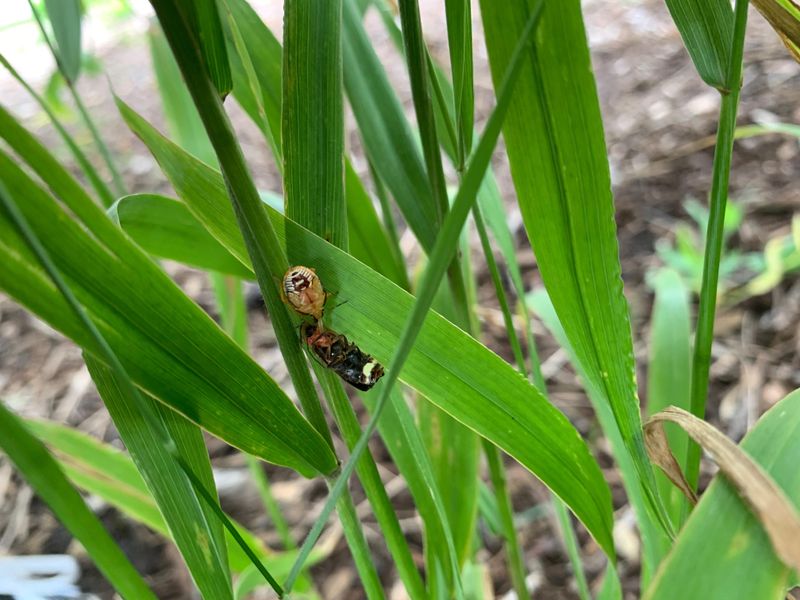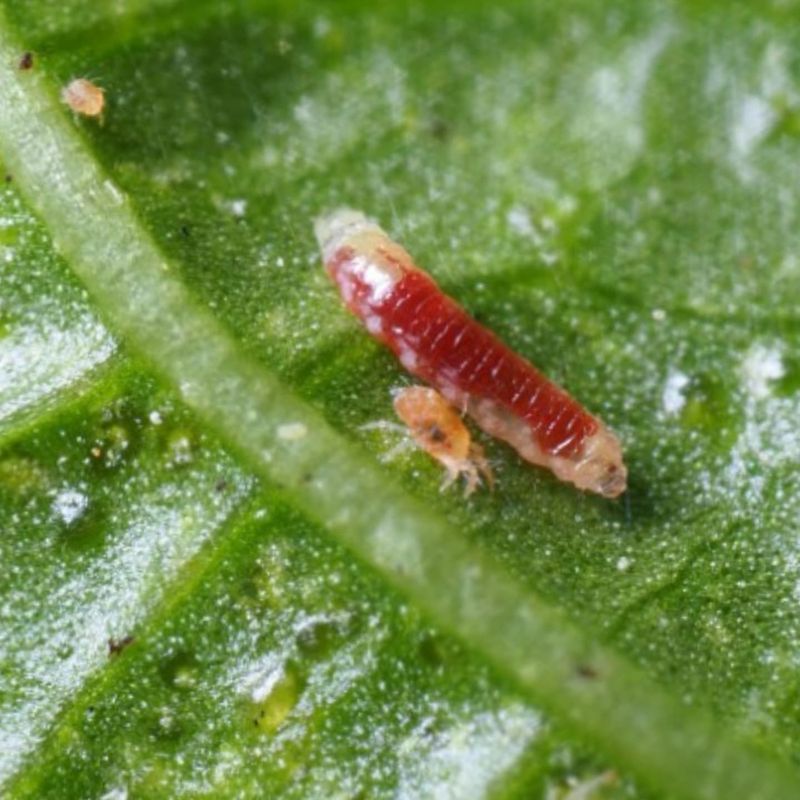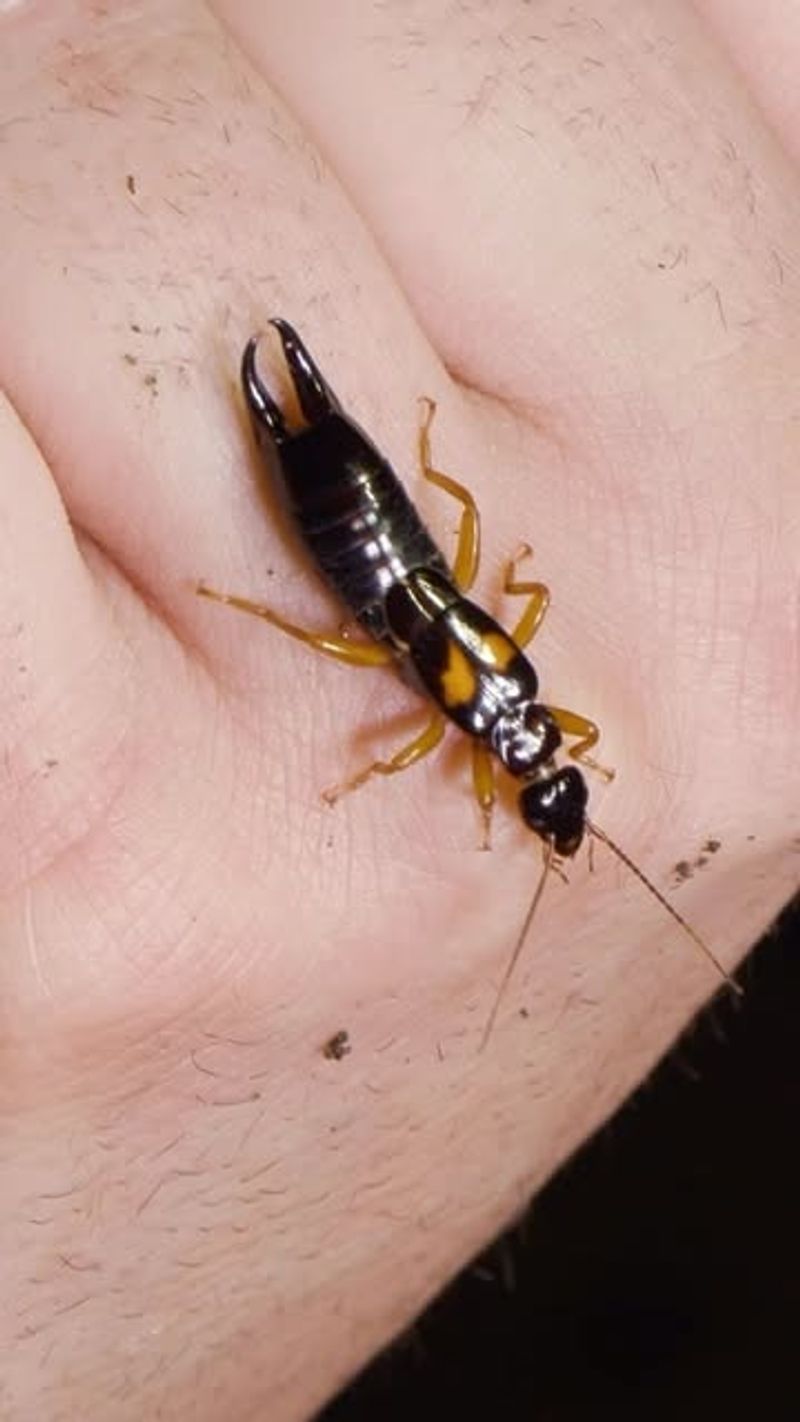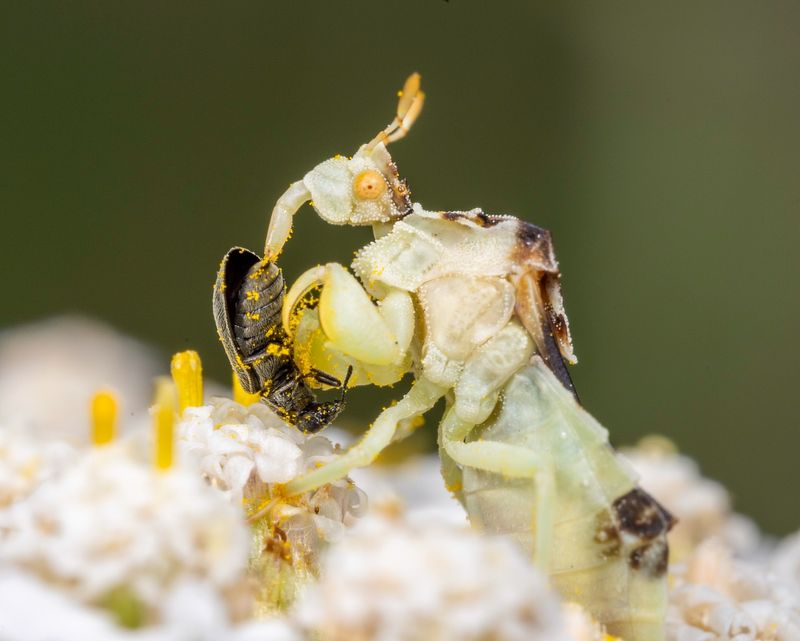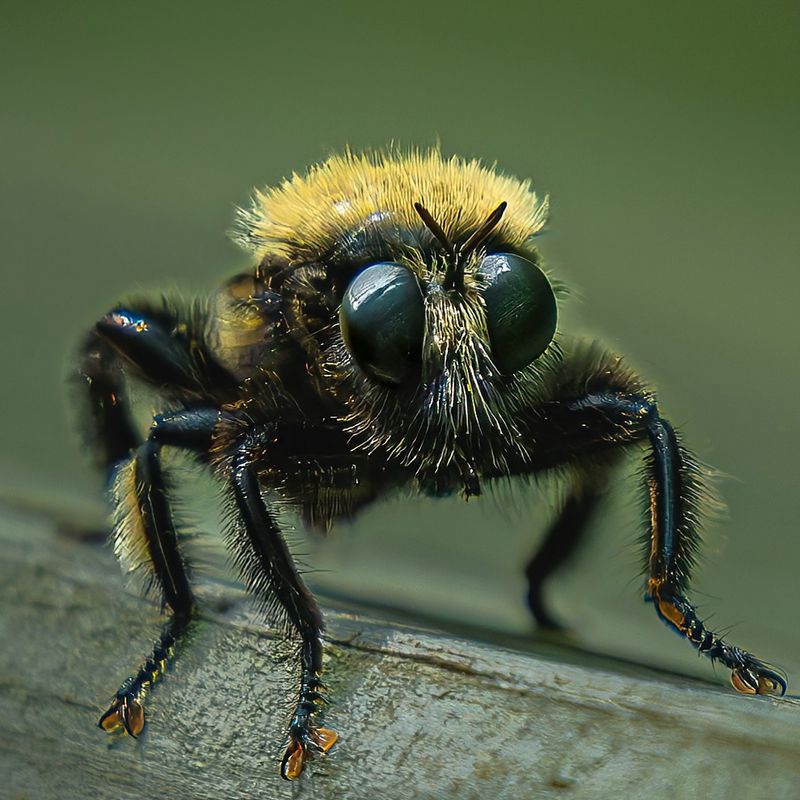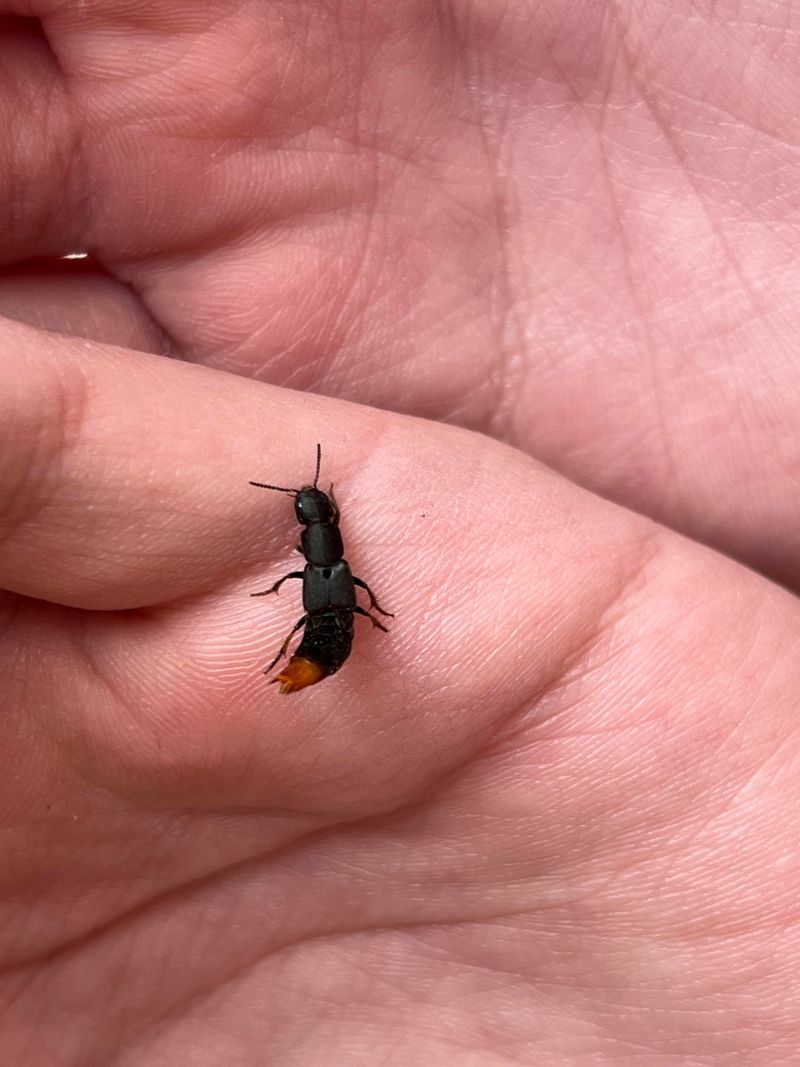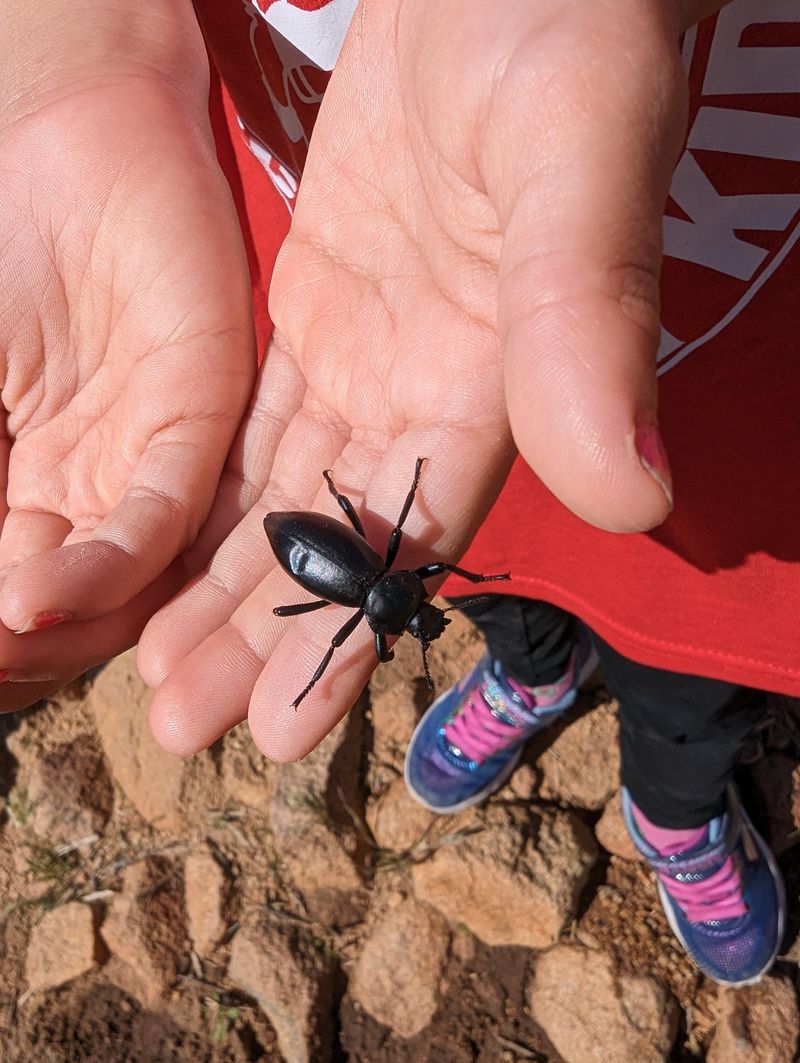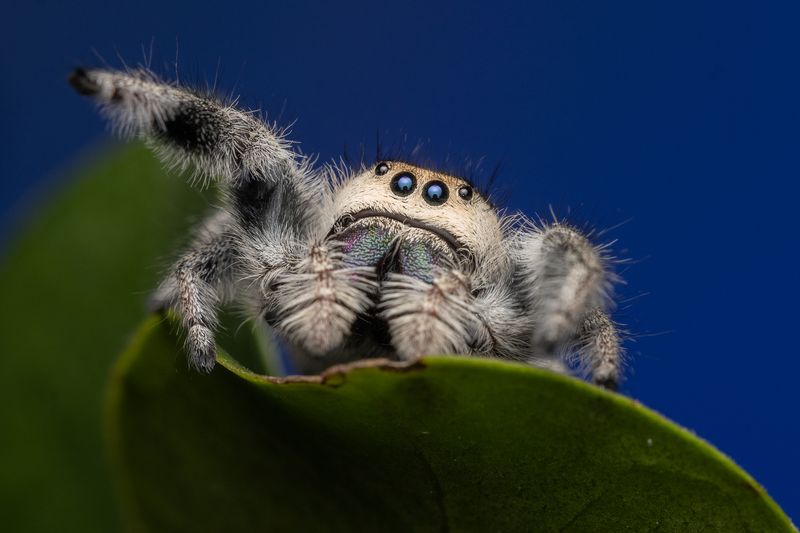Aphids can feel like tiny invaders, but luckily nature has its own army ready to fight back. I’ve come to appreciate these beneficial insects that quietly patrol my garden, keeping pests in check without any chemicals.
Watching ladybugs and lacewings in action is like having little superheroes on the team. They don’t just save plants—they make the whole garden healthier and happier.
If aphids have been giving you trouble, getting to know these helpful bugs is a game changer.
1. Ladybugs
Both adult ladybugs and their larvae have voracious appetites for aphids. A single ladybug can devour up to 5,000 aphids during its lifetime, making these spotted beauties gardening superheroes.
You can purchase ladybugs for release in your garden, but creating a welcoming habitat with diverse plants and avoiding pesticides will encourage wild populations to stick around longer.
2. Green Lacewings
While adult lacewings mainly feed on nectar and pollen, their larvae are ruthless aphid predators. Often called “aphid lions,” these tiny hunters can consume up to 200 aphids per week with their specialized hollow jaws.
Lacewing eggs are easy to identify – they dangle from thin stalks attached to leaves, keeping them safe from predators and even cannibalistic siblings until they hatch into hungry larvae.
3. Hoverflies
Often mistaken for bees or wasps, these harmless flies are garden allies in disguise. Adult hoverflies are important pollinators, while their maggot-like larvae patrol plants for aphids to devour.
A single hoverfly larva can consume hundreds of aphids during its development stage. To attract these beneficial insects, plant flat-topped flowers like dill, fennel, and sweet alyssum in your garden.
4. Parasitic Wasps
Don’t let their name scare you – these tiny wasps pose no threat to humans but spell doom for aphids. Female wasps lay eggs inside aphids, and when the eggs hatch, the larvae consume the aphid from within.
You can identify parasitized aphids by their swollen, bronze-colored bodies called “aphid mummies.” Planting nectar-rich flowers like yarrow and sweet alyssum will attract these microscopic garden guardians.
5. Soldier Beetles
Sometimes called leatherwings, these elongated beetles serve as both pollinators and predators in your garden. Their soft bodies and narrow shape allow them to navigate plant stems easily while hunting for aphids and other soft-bodied pests.
Adult soldier beetles feed on aphids, while their larvae hunt for insect eggs in the soil. Goldenrod, catnip, and hydrangea are particularly attractive to these beneficial insects and will help maintain their presence.
6. Assassin Bugs
Living up to their dramatic name, these predatory insects use their powerful front legs to capture prey and their needle-like mouthparts to inject digestive enzymes. The resulting soup is then sucked up, leaving behind empty aphid husks.
Most assassin bug species are beneficial garden allies, though some can deliver painful bites if handled. Their distinctive elongated heads and curved beaks make them easy to identify among garden insects.
7. Minute Pirate Bugs
Despite their tiny size (less than 1/5 inch long), these black and white insects are fearsome predators. Their name comes from the distinctive markings that resemble a pirate’s flag on their backs.
A single minute pirate bug can consume up to 30 aphids daily. These beneficial insects are attracted to flowering plants like daisies, alyssum, and marigolds, which provide them with nectar when prey is scarce.
8. Damsel Bugs
Slender and agile, damsel bugs use their thickened front legs to snatch aphids from plants. These pale brown insects move quickly among foliage, actively hunting rather than waiting for prey to come to them.
Damsel bugs are generalist predators that also feed on caterpillars, leafhoppers, and thrips. Creating diverse plantings with herbs like dill, fennel, and cilantro will attract these beneficial insects to your garden.
9. Ground Beetles
These nocturnal hunters patrol the soil surface after dark, capturing aphids that have fallen from plants. Their shiny, often black bodies and quick movements make them easily recognizable garden allies.
Most ground beetles hide during daylight hours under rocks, logs, or mulch. Creating beetle banks with stones and organic matter provides daytime shelter, encouraging these beneficial insects to remain in your garden.
10. Spined Soldier Bugs
Featuring distinctive pointed “shoulders” that give them their name, these shield-shaped insects are voracious predators. Unlike many plant bugs that damage crops, spined soldier bugs are beneficial insects that target over 100 pest species.
Adults inject digestive enzymes into aphids, liquefying their insides before consuming them. Their eggs are barrel-shaped and laid in neat clusters, making them easy to identify and preserve when gardening.
11. Predatory Midges
These tiny flies might go unnoticed in your garden, but their larvae make a huge impact on aphid populations. The bright orange larvae of Aphidoletes aphidimyza specialize in aphid control, paralyzing their prey before feeding.
A single midge larva can consume up to 80 aphids during its development. These beneficial insects are attracted to gardens with diverse plantings and consistent moisture, particularly those with umbelliferous flowers.
12. Earwigs
Often misunderstood, earwigs actually help control aphid populations in gardens. Their intimidating pincers are primarily used for defense and mating rituals, not for attacking humans as old myths suggest.
These nocturnal insects feed on soft-bodied pests like aphids during the night. While they occasionally nibble on tender plants, their overall benefit as predators typically outweighs any minor damage they might cause.
13. Ambush Bugs
Masters of camouflage, ambush bugs blend perfectly with flowers while waiting to capture unsuspecting prey. Their powerful front legs grab aphids that wander too close, while their sharp beak injects digestive enzymes.
These patient hunters often match the color of the flowers they inhabit – typically yellow or white. Plant cosmos, goldenrod, and Queen Anne’s lace to attract these efficient aphid predators to your garden.
14. Big-Eyed Bugs
Named for their disproportionately large eyes, these small predators have excellent vision for tracking down aphids. They’re fast-moving hunters that patrol plants looking for soft-bodied pests to consume.
Big-eyed bugs supplement their diet with plant nectar when prey is scarce. Creating diverse plantings with flowering herbs and native plants helps support these beneficial insects throughout the growing season.
15. Rove Beetles
With their unusual habit of raising their abdomens like scorpions when threatened, rove beetles are distinctive beneficial insects. Most species are predatory, with many specializing in aphid control in gardens and agricultural settings.
These slender beetles have shortened wing covers that expose much of their abdomen. Creating areas with leaf litter and organic mulch provides habitat for these ground-dwelling predators that climb plants to hunt aphids.
16. Predatory Stink Bugs
Not all stink bugs are garden pests – predatory species like the spined soldier bug actively hunt aphids and other soft-bodied insects. Their shield-shaped bodies and pointed “shoulders” help distinguish them from their plant-eating relatives.
These beneficial insects use their straw-like mouthparts to pierce aphids and suck out their body fluids. Avoiding broad-spectrum insecticides helps preserve these natural aphid controllers in your garden ecosystem.
17. Jumping Spiders
With their excellent vision and cat-like hunting style, jumping spiders are charismatic aphid predators. Unlike web-building spiders, these hunters actively patrol plants looking for prey, pouncing with remarkable precision.
Many jumping spider species have colorful markings and fuzzy bodies. Their curious nature and tendency to tilt their heads while observing potential prey make them fascinating garden allies in the battle against aphids.

